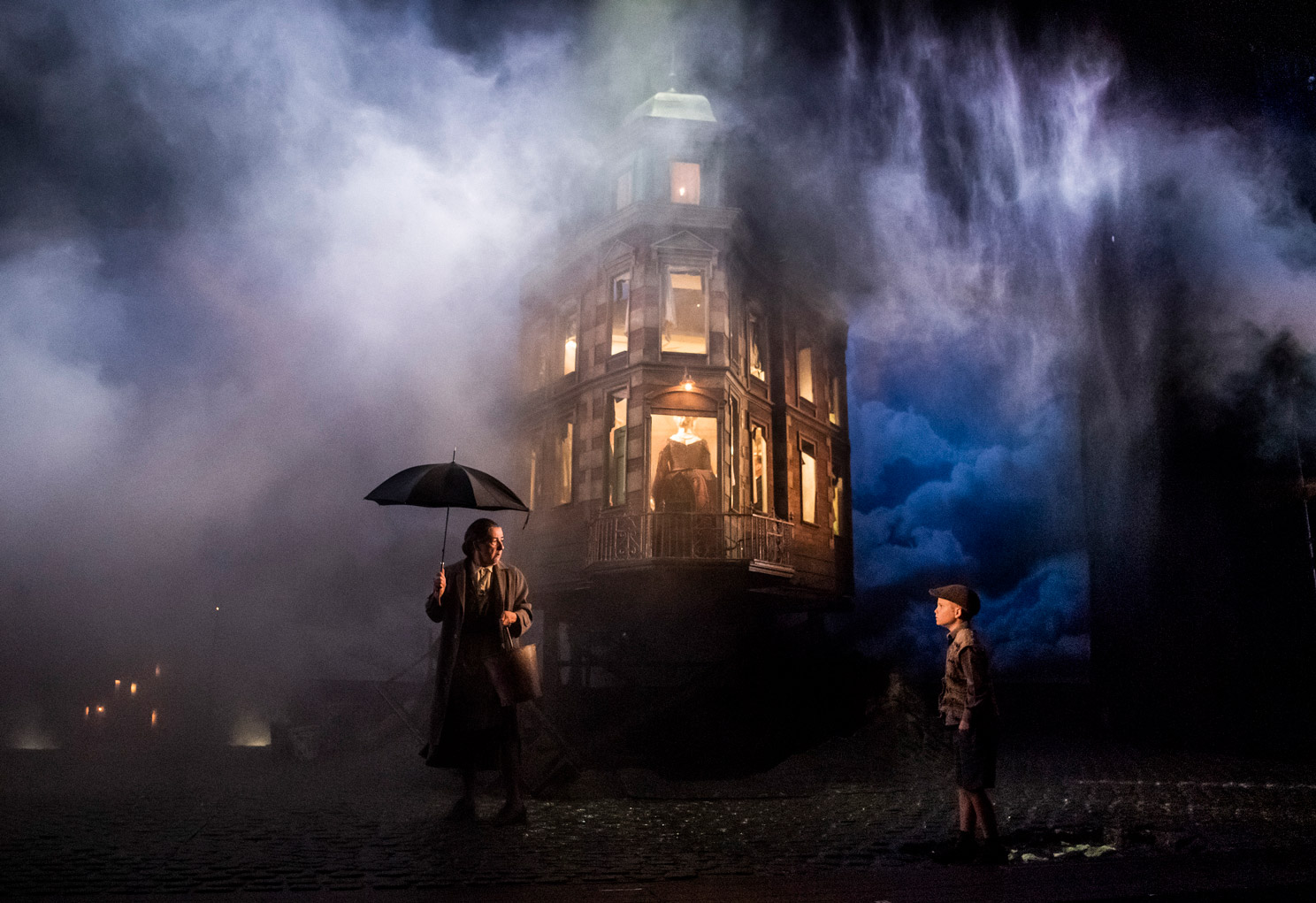
The Archetypes of Female Characters in Shakespeare [Infographic]
3 min read
Share
Still as important now as he was centuries ago, Shakespeare has given us an important view of the women of his time through his female characters. We had a look into his work and found a few common traits that can be found in these characters.
The infographic below shows the archetypes that we delineated and gives an example of a female Shakespeare character from his works.

One of the most world-renowned playwrights, Shakespeare’s collected works have been performed on stage and reimagined on screen for hundreds of years. Having penned his plays mainly in the late 1500s, it is tribute to the impact Shakespeare had on the written word, culture and plays that we still discuss, celebrate and explore his written words in 2021 and beyond.
One integral element to his plays are the female characters. Often central to the plot, they can be characterised by their refusal to accept or submit to the traditional roles women played at the time they are set. Strong-willed, independent and influential, the central female characters of some of Shakespeare’s most famous plays are known for their compelling narratives that challenge the norm.
At Blackpool Grand Theatre we have lots of great resources about Shakespeare. Below we discuss some of Shakespeare’s most famous female characters, and how they helped shape the stories that have been revered ever since.
Often challenging the patriarchal ideal that women are to be seen and not heard, are submissive and subservient, Shakespeare’s plays explore women breaking away from this stereotype. Whether they revel in refusing to marry, seek freedom from binds of purity and chastity set by their fathers, or take it one step further and dress as a man for greater opportunities – Shakespeare’s plays offered a literal stage to challenge the patriarchal form of a woman’s place in society.
Let’s delve a little closer below into some of his most famous female characters.
Unruly
The unruly female characters of Shakespeare, often added for comedic value, were usually not main characters, but secondary characters. Usually included as a plot device or vice for other characters, they were usually of lower classes. This lower status meant they could be more unruly and free with their tongue in what they said to whom, as well as their actions. Occasionally these characters acted as close confidants of the main characters, as the Nurse does in Romeo in Juliet, for example. Another unruly female character is Margaret in Much Ado About Nothing. Often speaking in prose, risqué behaviour and sexual innuendo didn’t go amiss with these characters.
Witty
Another trait of some of Shakespeare’s most well known characters is having a witty, irreverent and intelligent nature, that often actively and vocally challenge the traditional ideals of a woman’s place. Be that over matters of their place in society, or a man’s place, in society, for example, perhaps the finest example of an unruly character determined to cave her own path is Beatrice in Much Ado About Nothing. Her vocal sparring with Benedick holds the key to the success of this much loved comedy, which explores the relationship between two well matched witty individuals each as stubborn and clever as the other.
Dressing as a man
Dressing as a man was a method used by several of Shakespeare’s central female characters. This is because it enabled women greater freedoms at the time. This was greater accentuated the fact that, at the time of composing these plays, women were not allowed to perform on stage. The mirroring is deliberate here, highlighting the greater freedoms and power men had at the time. The most notable female character in Shakespeare’s most famous plays who dressed as a man successfully was Viola, in ‘Twelfth Night’. After finding herself marooned on the coast of Illyria, believing her twin brother has been lost at sea, Viola successfully disguises herself as a young man of the name Cesario, coming to serve under Duke Orsino whom she falls in love with. Through dressing as a man, Viola is able to have greater influence and standing in Illyria, and consequently on the narrative emerging itself.
Married off
Other characters within Shakespeare’s collection of most famous plays include female characters of noble birth who are subsequently married to another male character within the play. Often these characters tend to be plot devices, with their stories interweaving to the wider plot. Marriage was seen as a sacred union, often bringing noble families together or seen as important to a male character to gain greater wealth and power. These women are often young, and their choices in life are not made by them, but either by their families or husband. A good example of such a character is Miranda in The Tempest, who is subordinate, obedient, and traditionally seen as a representation of female virtue.
The Cunning Femme Fatale
These characters can be characterised by their ambition, intelligence and political influence. This is the case, for example, with Lady Macbeth, whose ambitious manipulation of her husband results in him committing murder. Although this turns out to be her downfall, it demonstrates that Shakespeare was keen to portray the power and influence that a strong willed central female character can have on a storyline and a character’s demise, be that her demise or that of others.
The Tragically Innocent
The tragically innocent characters in Shakespeare’s plays tend to be the epitome of purity and chastity, usually young and naïve to the troubles, trials and tribulations of the real world. Their exposure to this world within the plot of their story is commonly their demise. The death of these characters is said to represent the death of their innocence, having tried to break free from the mould and existence they’d inhabited up to the point their story starts. Usually courtly and highborn, examples of this kind of character in Shakespeare’s work include Juliet in Romeo and Juliet, Lavinia in Titus Andronicus and Ophelia in Hamlet.
Falsely Accused
Falsely accused female characters often met a troubling fate and had storylines filled with strife. Misunderstood and cowed to the injustice, even if they tried to speak up they were often silenced by the powers that be, be that their social status, their families or their own husbands. The most well known example of a misunderstood and wrongly accused character is Desdemona in Othello. His mind twisted by jealousy that turned out to be unfounded, Othello strangles his own wife, having been lead to believe of her infidelity by the cunning and manipulative Iago. Hero is also accused of adultery in Much Ado About Nothing, and in general this plot device is seen as a way to demonstrate male insecurities, manipulation and the power of a woman’s sexuality, which, in these instances, is judged despite their innocence.
Enjoy this read? Check out our upcoming shows at Blackpool Grand Theatre if you’re getting excited about going to the theatre again!























